Build-A-Rig Round 2: SilverStone and Crucial Interviews and $800 Back-To-School PCs
by Ian Cutress on October 13, 2015 8:00 AM EST- Posted in
- Build-A-Rig
- Crucial
- SilverStone
- Interview
Crucial’s ‘Ballistix Bantam’
The build from Jeremy takes a slightly different line to that from Tony. The best thing about Build-A-Rig is the differing styles of build philosophy and this is a prime example. Here the portability and GPU power is decreased as well as removing the overclockability. But in exchange there is a beefier i3 processor, double the solid state storage, a DVD drive and a larger power supply. It’s going to be an interesting comparison for sure. Jeremy's build also comes in at $20 or so cheaper than the SilverStone build, by virtue of adjustments in pricing and our rules about a 3% leeway based on how prices are adjusted.
| Crucial's Ballistix Bantam | |||
| Component | Selection | Price as Chosen |
90-Day Average |
| Processor (CPU) | Intel Core i3-4170 (2C/4T, 3.7 GHz) | $124.99 | $124.82 |
| Motherboard | GIGABYTE GA-B85N Phoenix-WiFi | $84.99 | $84.99 |
| Graphics Cards (GPU) | EVGA GeForce GTX 950 | $159.99 | $159.99 |
| Memory (DRAM) | Crucial Ballistix Tactical Tracer 2x4GB DDR3-1600 C8 |
$47.99 | $48.92 |
| Storage (SSD) | Crucial MX200 mSATA 250GB | $94.99 | $94.99 |
| Storage (HDD) | Seagate Barracuda 1TB 7200RPM | $50.99 | $49.81 |
| Power Supply (PSU) | Thermaltake TR2 600W | $54.99 | $55.05 |
| Chassis | Thermaltake Core V1 Extreme Cube | $49.99 | $49.99 |
| CPU Cooling | None | - | - |
| Operating System | Microsoft Windows 8.1 64-bit OEM | $99.99 | $99.99 |
| Extras | LG USB 2.0 Portable DVDRW | $24.99 | $24.99 |
| Total | $793.90 | $793.54 | |
Processor – Intel Core i3-4170 ($125)
For almost double the Pentium in the other build, Jeremy has equipped the Ballistix Bantam with a 3.7 GHz Core i3 processor, giving two cores and four threads. This is the most powerful 3MB cache edition of the i3 set, before it costs another $25 to the 4MB cache versions. While not overclockable, this 54W model should be sufficient for more multitasking in a compute laden scenario.
Motherboard – GIGABYTE B85N Phoenix-WIFI ($85)
The B85 line of motherboards is more oriented to the cheaper end of the spectrum and the business lines, although this orange motherboard from GIGABYTE sports 2x2 802.11ac WiFi, multiple video outputs, specialized USB audio ports and the usual host of storage options.
Graphics Cards – EVGA GeForce GTX 950 2GB ($160)
As mentioned at the start of this page, this build gets a lower range graphics card in the form of the GTX 950, but Jeremy has chosen one of EVGA’s overclocked models. EVGA has a cult-like following, priding itself in their returns policy and customer interaction through forums. The GTX 950 will have plenty of power for eSports titles and online gameplay, although for big studio releases the visual effects will need to be curtailed. For users who do not game, this will be perfectly sufficient for any GPU accelerated tasks that might be needed.
Memory – Crucial Ballistix Tactical Tracer 8GB (2x4GB) DDR3-1600 C8 ($48)
The Tracer modules from Crucial integrate some LEDs into the top band, allowing users to show off their system with the Thermaltake case also chosen in the build. Similar to the other build here we get that 8GB sweet spot for the $800 budget, although Jeremy has stretched it to the modules with a CAS Latency of 8. This might have some effect on memory sensitive workloads (think compression algorithms), or it might not be noticeable, but it is a welcome addition.
Storage – Crucial MX200 mSATA 250GB ($95)
Because Jeremy chose the B85 platform, unfortunately there are no M.2 slots here to use, but there is an mSATA. As a result, rather than choose a 2.5-inch SSD for the operating system drive, we get Crucial’s 250GB mSATA MX200 drive. These perform similarly to the bigger 2.5-inch models, which we reviewed earlier this year. With 250GB, this gives more room to install vital software for fast loading times, but is obviously chosen in favor of other beefier components.
Storage – Seagate Barracuda 3.5-inch 1TB 7200RPM HDD ($51)
Similarly to the other build, a 1TB drive is chosen to increase the total storage capacity. Here we have the Seagate Barracuda line which is often in the lower price ranges for their capacity. Typically these drives are good in a single or dual drive system and have been continually dropping in price over the past couple of years.
Power Supply – Thermaltake TR2 600W Power Supply ($55)
The TR2 from Thermaltake is a monster power supply for the system, rated at 600W with a dual rail design and a five year warranty. Interestingly Thermaltake hasn’t put this in as part of the 80PLUS power supply rating scheme, but the five year warranty covers any issues and as a unit it should fit in with the Thermaltake case selected.
Chassis – Thermaltake Core V1 Extreme Mini-ITX Cube ($50)
We first saw the Core V1 design at Computex, where the product manager gave us a good story about the road to a $50 mini-ITX case that was both small but could also be customized, shown off, provide good airflow and support water cooling. There are plenty of ventilation holes and the top of the chassis provides a transparent Perspex plate in order to look into the system.
CPU Cooling – None/Stock
In an interesting move, Jeremy went with keeping the stock cooler in this design. His reasoning is sound – this is a 54W power supply in a chassis with plenty of ventilation and this saves anywhere from $20-$40 to spend on other components. A number of users might point to something as simple as an EVO 212 instead of the DVD drive Jeremy has chosen, but that’s what is great about this contest: everyone will have different ideas.
Operating System – Microsoft Windows 8.1 64-bit OEM ($100)
Another twist is the choice of operating system. Jeremy chose Windows 8.1 under the guise of choice; users can either keep Windows 8.1 if they prefer it over Windows 10, or for the first few months decide to upgrade to the full license.
Extras – LG USB 2.0 Portable DVDRW ($25)
Perhaps because it might be needed to install the OS, Jeremy also went with a DVD rewriter in case a user might have some old software or films on DVD that they would like to use. As mentioned in the review, Jeremy himself has a large back-catalogue of software and games and so for him (or his son) having access to a DVD drive is part of the equation in a build.
Overall Build
| Crucial's Ballistix Bantam | |||
| Component | Selection | Price as Chosen |
90-Day Average |
| Processor (CPU) | Intel Core i3-4170 (2C/4T, 3.7 GHz) | $124.99 | $124.82 |
| Motherboard | GIGABYTE GA-B85N Phoenix-WiFi | $84.99 | $84.99 |
| Graphics Cards (GPU) | EVGA GeForce GTX 950 | $159.99 | $159.99 |
| Memory (DRAM) | Crucial Ballistix Tactical Tracer 2x4GB DDR3-1600 C8 |
$47.99 | $48.92 |
| Storage (SSD) | Crucial MX200 mSATA 250GB | $94.99 | $94.99 |
| Storage (HDD) | Seagate Barracuda 1TB 7200RPM | $50.99 | $49.81 |
| Power Supply (PSU) | Thermaltake TR2 600W | $54.99 | $55.05 |
| Chassis | Thermaltake Core V1 Extreme Cube | $49.99 | $49.99 |
| CPU Cooling | None | - | - |
| Operating System | Microsoft Windows 8.1 64-bit OEM | $99.99 | $99.99 |
| Extras | LG USB 2.0 Portable DVDRW | $24.99 | $24.99 |
| Total | $793.90 | $793.54 | |
As with both builds, there are choices that I (as Ian, the writer) agree with and others that might be a bit questionable. Jeremy has certainly been a little esoteric from what I would have gone with, especially in the CPU cooling and OS department, but the storage size is sound and I like the fact that he’s gone for an i3 here. The GTX 950 has room to upgrade in the future, but the DRAM (when the LEDs are on) should shine directly though the case. The Ballistix Bantam build here is still portable as a cube, although that’s a segment that Tony from SilverStone clearly wanted to spend money on for the Mighty Milo.


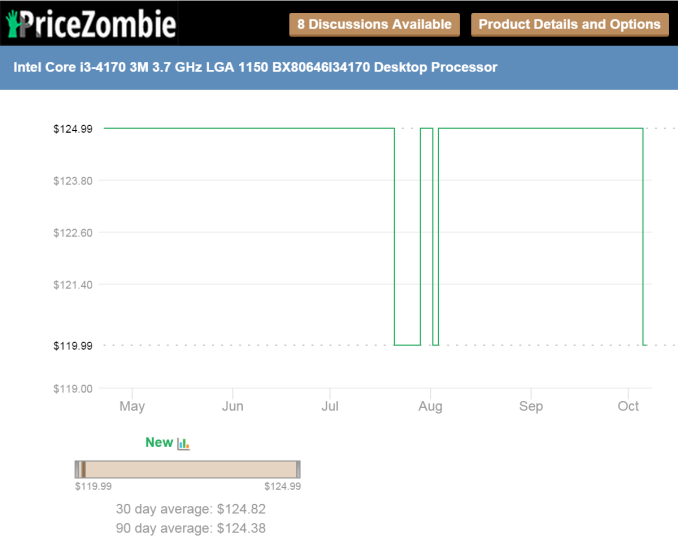
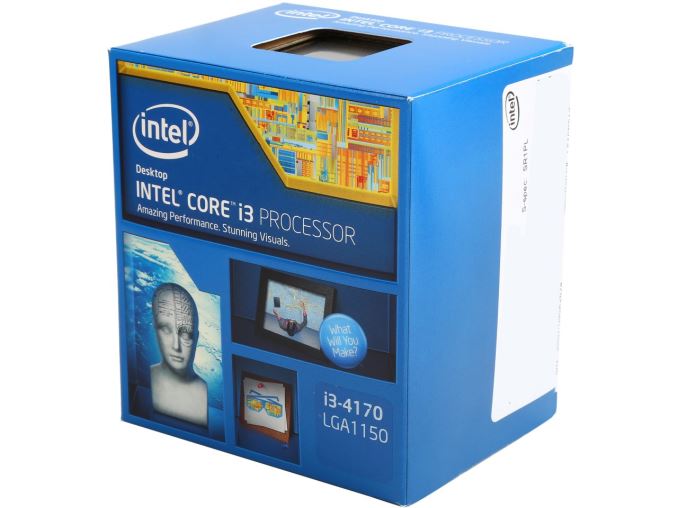
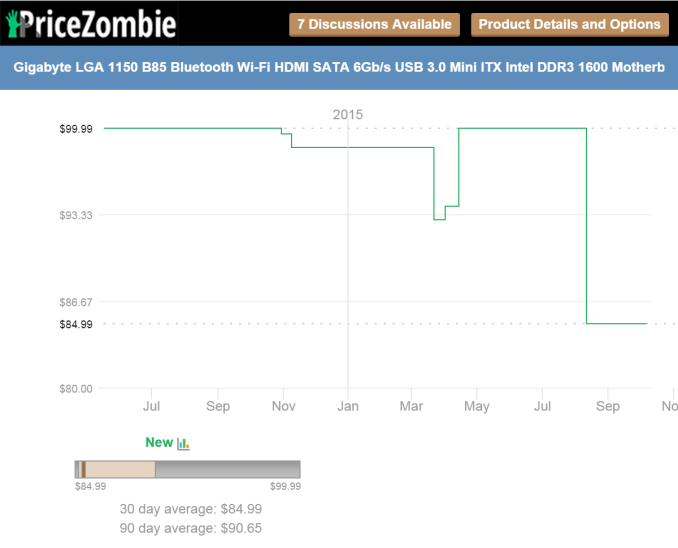
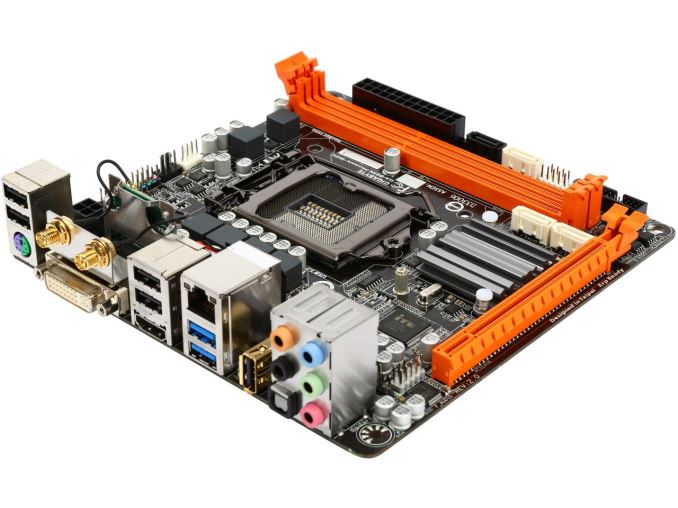
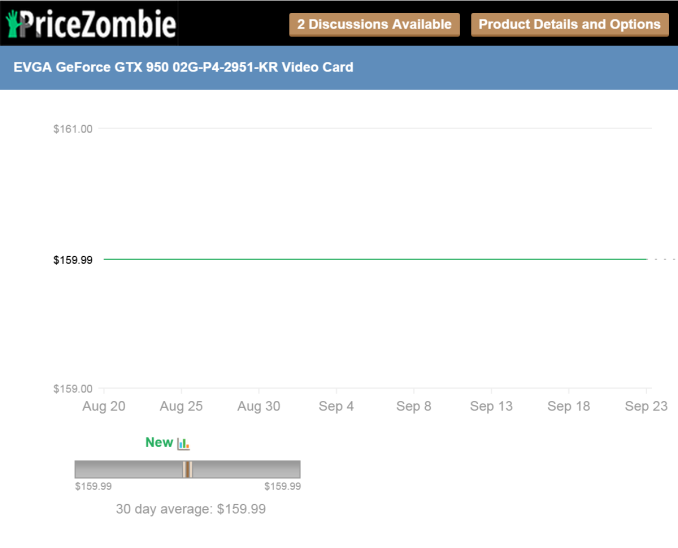

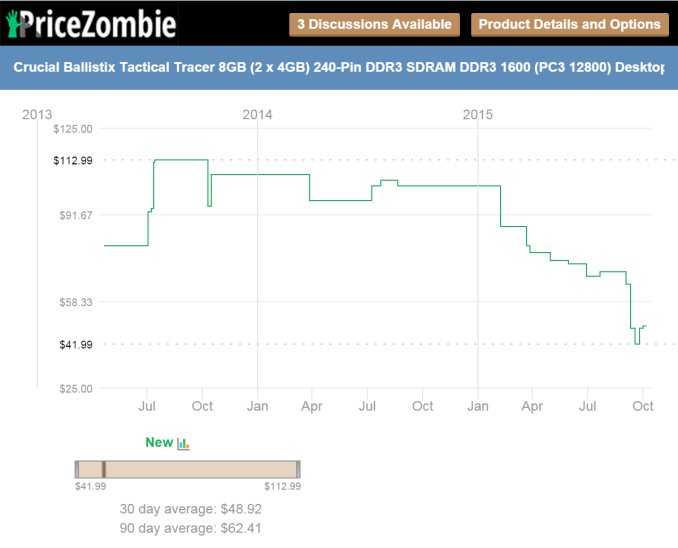
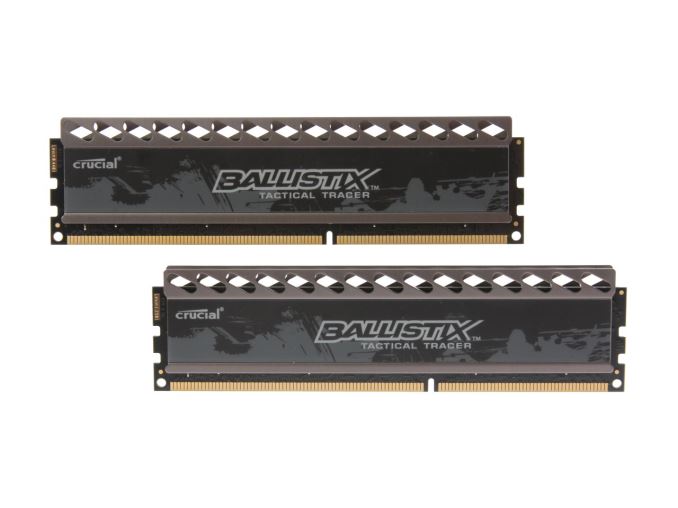
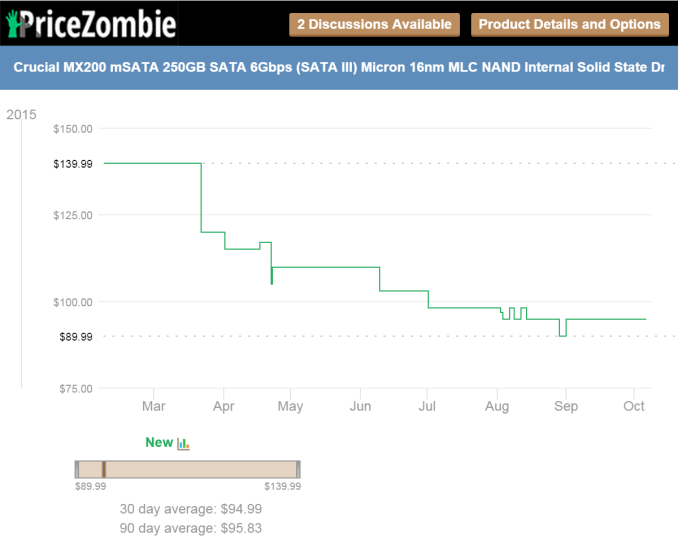
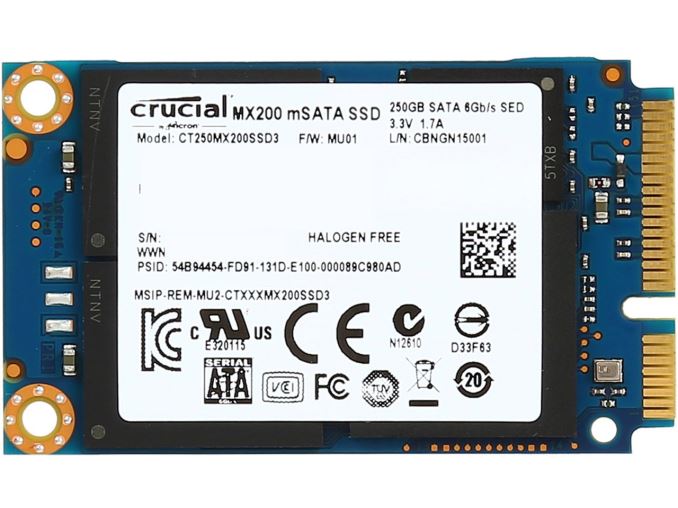
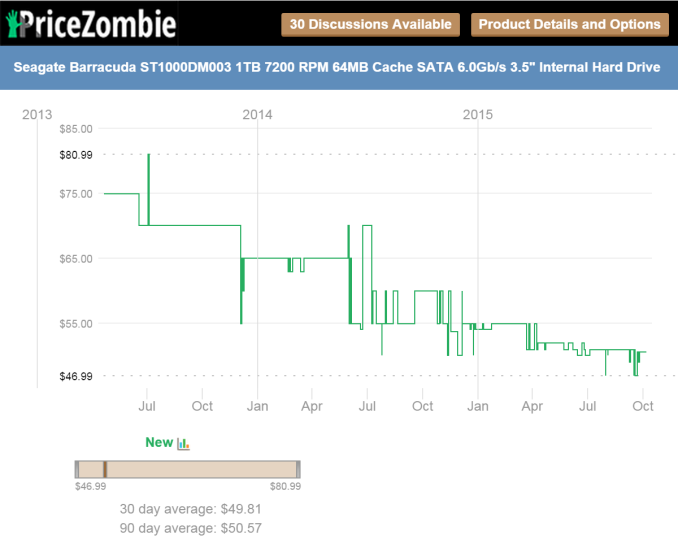
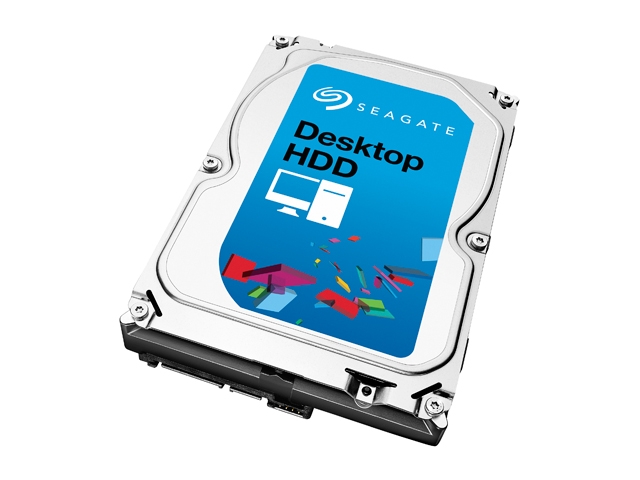

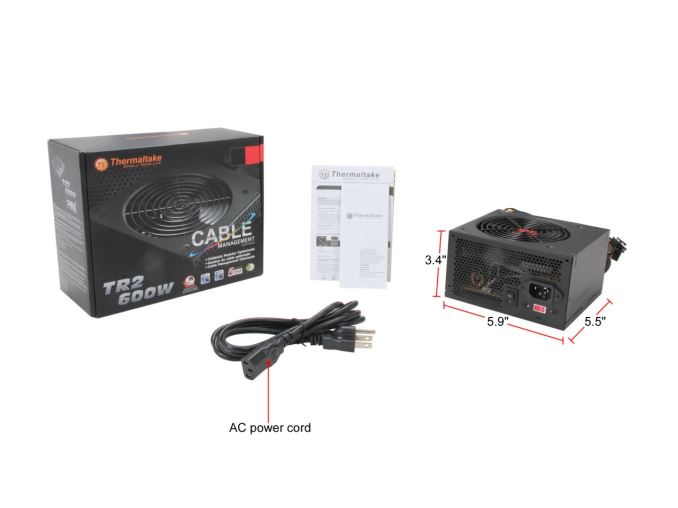
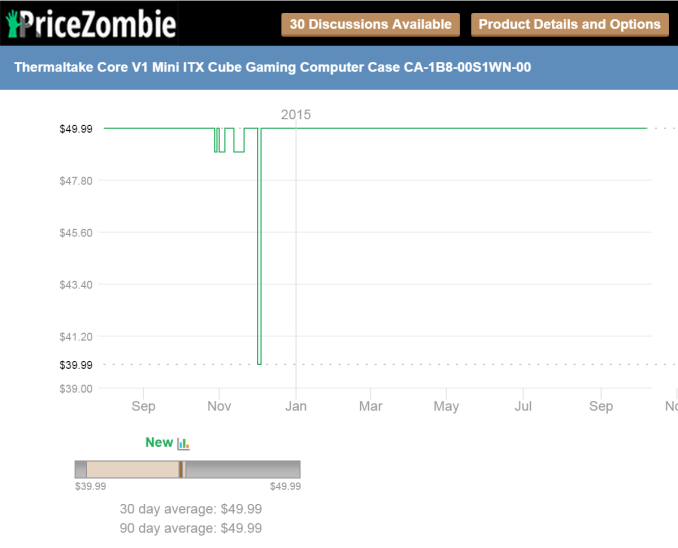

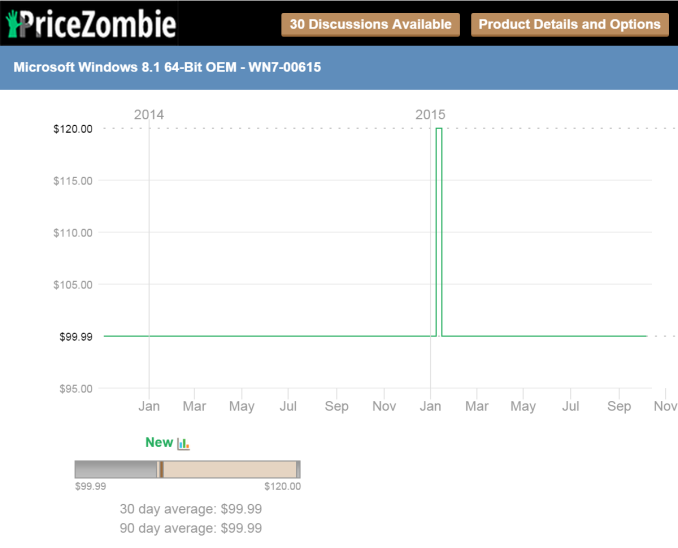
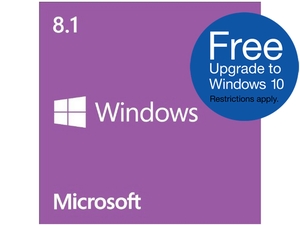
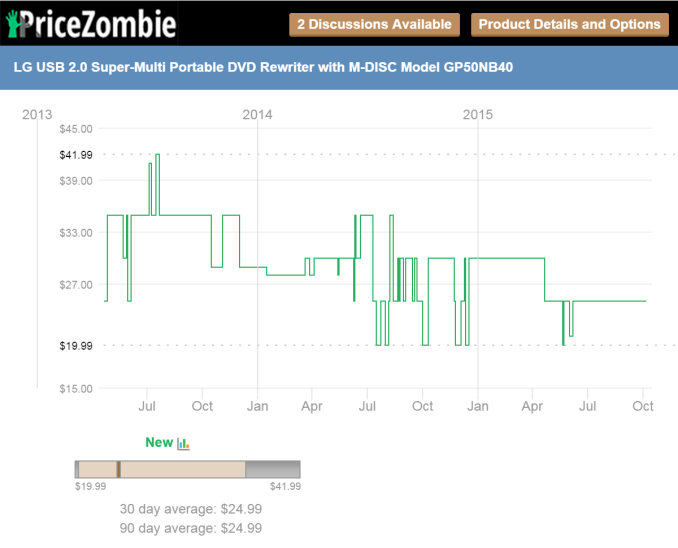
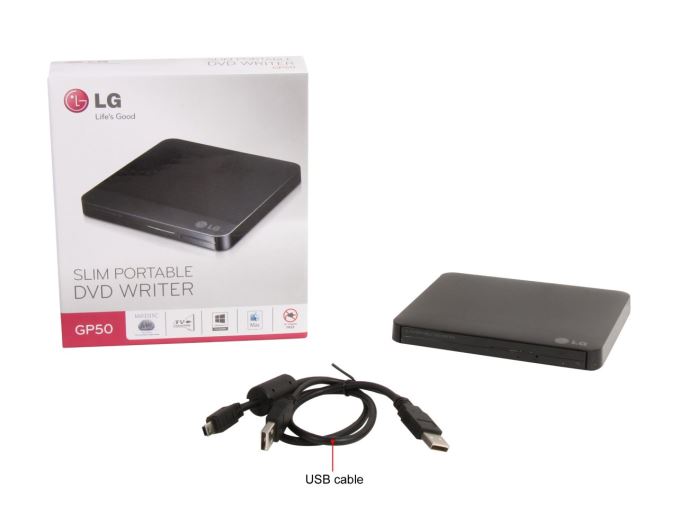








93 Comments
View All Comments
jgarcows - Wednesday, October 14, 2015 - link
I can't believe the SSD he picked for the first system. For $20 more, he could have had the 250 GB version of the BX100. That would have let him drop the 1TB HDD (why bother with the hassle of a second drive for so little additional storage) and given him $40 more to spend somewhere else.cknobman - Tuesday, October 13, 2015 - link
Two excellent builds!!I am torn as well since both have distinct advantages and disadvantage.
Good thing is neither build has a crippling disadvantage.
Great case choices too :)
Crucial has the storage and processor advantage.
Silverstone has the gaming advantage.
I'd be happy to own either one but if I absolutely had to pick one it would be the Silverstone and I would probably put it in my media room and hook it up to my plasma TV.
DanNeely - Tuesday, October 13, 2015 - link
More or less how I feel; with the caveat that by going equally far over budget Crucial could match Silverstone in the gaming dept.If I was going to tweak either design, I'd probably dump the HDD and go with a budget 512GB SSD as my sole storage. As long as you're not collecting TV/Movie rips it's plenty of space, and having done it in the past I really don't like the idea of having to deal with split storage again. Even with an SSD big enough to handle everything but media files it was still a hassle.
fokka - Tuesday, October 13, 2015 - link
good points. i agree that the crucial build should have gone with the 960, while still not costing more than the silverstone rig. but of course the builders didn't know their respective hardware choices, so pitfalls like this aren't surprising.i like your idea with the 512gb ssd. personally i need more than 256gb of storage, but i don't really need more than 512gb. omitting the hdd would be a good way to save a couple of bucks so you can upgrade the ssd and have a simpler setup with better performance. you also save some power and have less vibrations, but i guess that's not that big of a deal in a gaming system.
coconutboy - Thursday, October 15, 2015 - link
Good summary Dan. I'm really like that Milo case (Thermaltake Cube isn't bad either), but it'd be tough to argue against Jeremy's build if he had a 512GB ssd and a gtx 960.Too bad the deadline was so far back, because in the past 3 weeks or so, there have been a number of 500GB+ Crucial/Samsung ssds for $130-150. Given that option, I wonder if Tony/Jeremy would have ditched their hdds and gone all in on ssds?
BrokenCrayons - Tuesday, October 13, 2015 - link
Like fokka said, this is a much closer call than the higher budget systems (though I really preferred Hey Good Lookin :) between those two). Each of these systems has distinctive advantages and they both show thought and care in component choices. Milo has some future-proofing with respect to CPU upgrades, a really nice case, and a bit more GPU. Bantam's got a solid CPU, lots more solid state storage, and includes a DVD drive -- something a lot of us still can't quite escape needing once in a while. So yeah, I can't outright favor one or the other. They're both excellent builds within their budget constraints.On a side note, I've really enjoyed these build-a-rig articles just in general. While the heart of it is building a system within a budget and comparing it, the interviews that go along with it are an enjoyable read. I hope Anandtech continues to run these sorts of things on occasion as technology changes.
jaydee - Tuesday, October 13, 2015 - link
I like the case, SSD, CPU of the Crucial build, not much of a gamer, so GPU isn't a big deal to me. 600W is total overkill though for a 54W CPU and 90W GPU. This system isn't going to max out higher than 200W, so you're always in the sub-optimal range for this power supply, so I believe that is a poor choice. I'd much rather see a SFF 300-400W PSU like FSP or Silverstone.fokka - Tuesday, October 13, 2015 - link
i agree. many people seem to buy 600w PSUs "just to be save", but i think on a custom build like this a 3x oversized psu can almost be considered a poor choice. but as always, to each their own.zero2dash - Tuesday, October 13, 2015 - link
Assuming the Intel Microcode update doesn't remove the Silverstone build's ability to OC like it has with a lot of other boards - I'd much rather have that build, because I think you come out ahead in performance CPU+GPU especially if you can OC, vs. the i3 with the weaker GPU.fokka - Tuesday, October 13, 2015 - link
the question is how much ahead? you're saving on the cpu, but spending more on the board and the cooler, just to have the "hassle" of overclocking. i'm not saying it doesn't make any sense but personally i would prefer the i3 and be set.